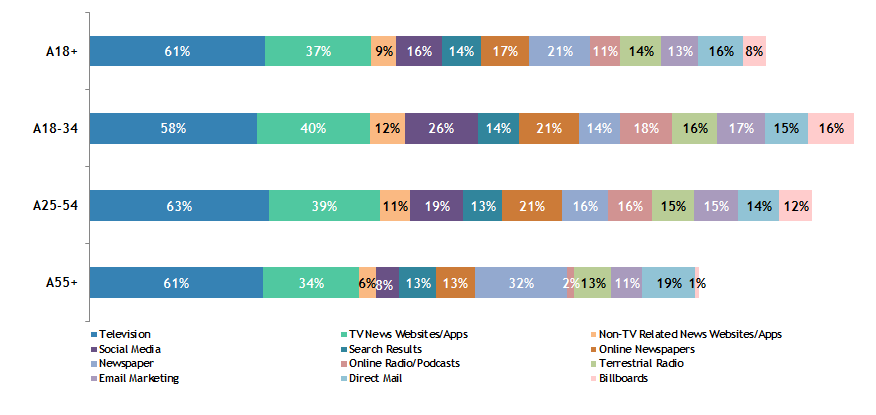One of the biggest cultural catchphrases to emerge during the recent election cycle was “fake news.”
This oft-used phrase has continued to permeate every corner of American society over the last two years. The concept has been further amplified by recent data-sharing and advertising scandals on some media platforms.
While politics has the ability to divide the country, the desire for trustworthy and accurate news sources is what unites voters.
The VAB recently conducted a custom survey to better understand the effect of “fake news” and trust among voters, as well as the power that media and advertising have on voters during the election cycle.
As some platforms unintentionally allow the dissemination of unverified news stories and political ads, television is trusted because it provides an environment that features 100% professionally produced news.
According to our survey, this trust is also why television is the most influential media throughout a voter’s decision-making process:
- Discover Candidates/Issues: TV is most likely where voters first learn about candidates and issues.
- Information Gathering: TV is most likely to have prompted a voter to take an action (seek additional information, discuss with others, etc.).
- Generating Interest: TV is relied on most to keep voters informed through the election cycle.
- Casting the Final Vote: TV is the media that most influences a person’s final vote.
The combined power of multiscreen TV further strengthens the influence that TV brands have among voters of all ages, genders, demographics, occupations and political party affiliations.


It’s A Matter of Trust

Media’s Influence on Voters During Election Season
You have questions. We have answers.
Get immediate access to our Insights library.

